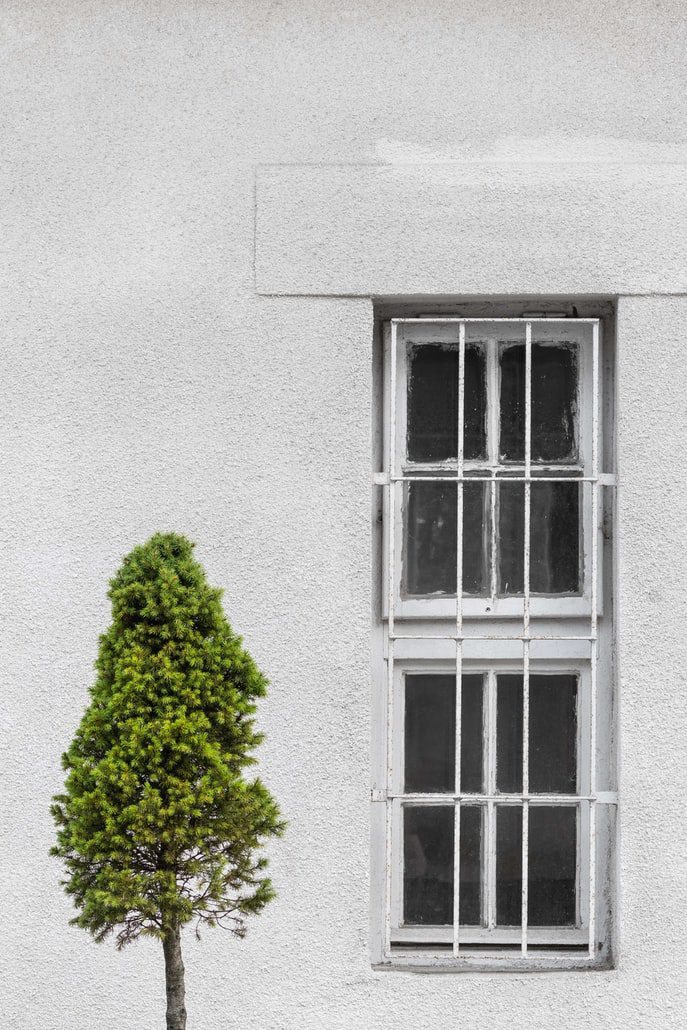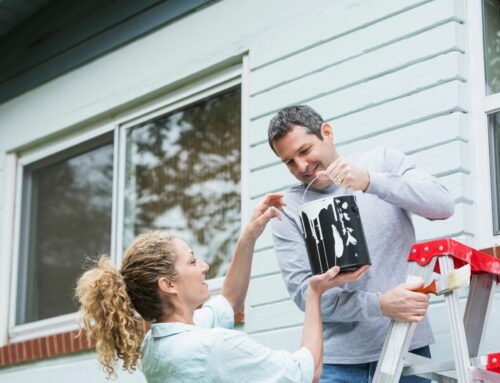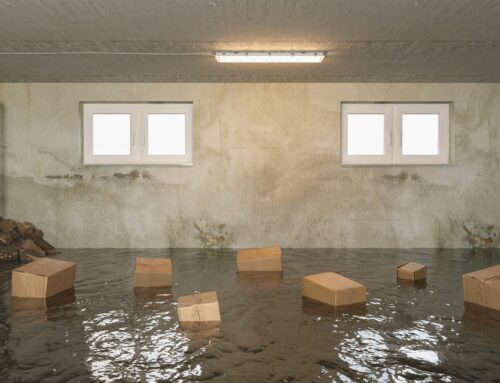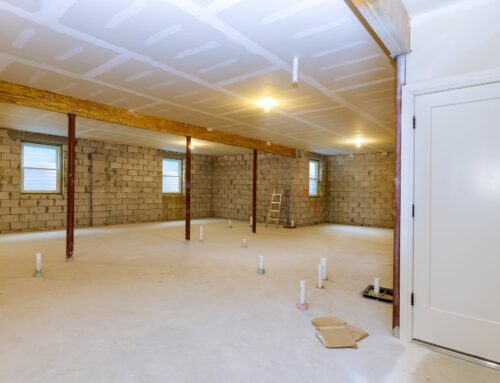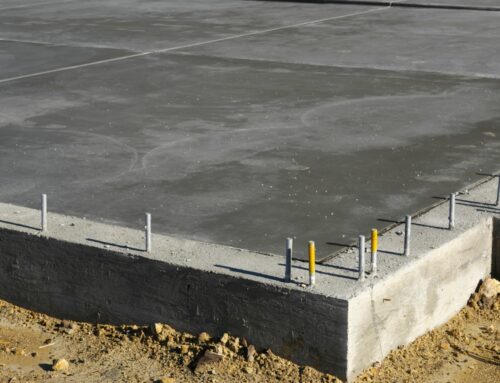In recent years, stucco has earned a bad rap in the design community. Many people consider this construction material to be more trouble than it is worth. Due to this undesirable stigma, properties utilizing stucco siding are often advertised at a lesser value than comparable homes.
This article will evaluate some of the more popular misconceptions and myths about stucco, with some installation, maintenance, and upkeep tips thrown into the mix. Our goal is to show you that stucco is a fantastic siding material that can offer plenty of aesthetic value to your property. Read on!
Myth #1: All Cracks in Stucco Should Be a Major Concern
Cracks are one of the most typical problems with stucco. Cracking can occur in various cladding types, although classic stucco is more prone. Various factors can cause cracks in stucco to form, with hairline cracks being the most common. The plaster brown coat shrinks during the curing process, causing these fractures. Control and expansion joints are occasionally added to help avoid these sorts of fractures.
“Do the fractures need to be repaired?” might be the more pertinent question. The answer is a yes and no. Hairline cracks in conventional stucco or hard coat stucco do not need to be repaired if the width of the cracks is less than 1/16 of an inch. However, they should be fixed if they grow bigger than 1/16 of an inch.
Myth #2: Stucco Doesn’t Require Any Maintenance
In comparison to alternative cladding systems (such as wood siding, composite siding, brick, and so on), Stucco is the more “less-maintenance” option, although they are not “maintenance-free.” Routine care is essential to maintain the function and beauty of stucco, assuming they have been correctly placed. Unlike other siding materials, stucco does not need to be painted, reinstalled, replaced, or cleaned regularly. In addition to maintaining the stucco from becoming damp regularly, you may wash your walls with a power washer if they begin to look mucky, and you can easily re-paint the stucco should you feel like getting a change in color.
Myth #3: Using Stucco For Your Exterior is Hazardous
The main difference between a safe and unsafe stucco is adequate installation and maintenance. Most stuccos on the market nowadays are moisture and water-resistant. It is also permeable enough to allow water vapor to dissipate through small holes, preventing the accumulation of water moisture within. If stucco is installed incorrectly, water will seep through and infiltrate the surface, causing the stucco to deteriorate and peel off the surface.
Myth #4: Stucco Lacks Visual Appeal
This is a fallacy that stems from poor installation. The European stucco appearance is regarded as one of the most sophisticated and visually appealing siding materials in architecture. The stucco’s attractiveness is determined by the quality of the firm that installs it. Synthetic stucco is the substance that has given stucco a poor name because of its cheap and unappealing look. It is synthetic stucco that fades away, splits, and chips readily, posing the most challenges, in addition to its unappealing look.
Conclusion
When it comes to stucco, several myths have gone unchallenged over the years. This is regrettable given the low-maintenance and attractive appearance of superb stucco craftsmanship. Hopefully, this article has provided you with enough knowledge and information to dispel the bad image associated with stucco.
If you’re looking for quality and superb interior plaster and stucco services, One Stop Plastering can help! Our plastering service has over 60 years of experience working with residential and commercial stucco and plastering services in the Bay Area. Get in touch with us today!

